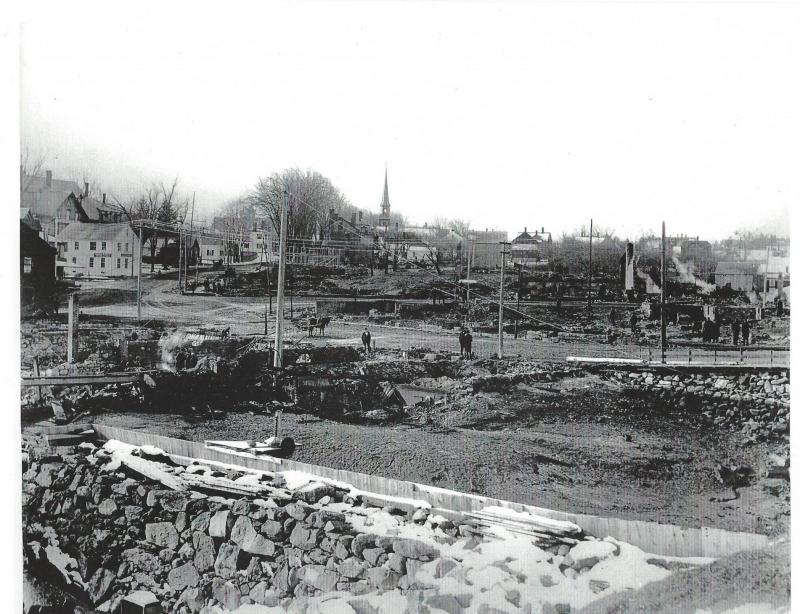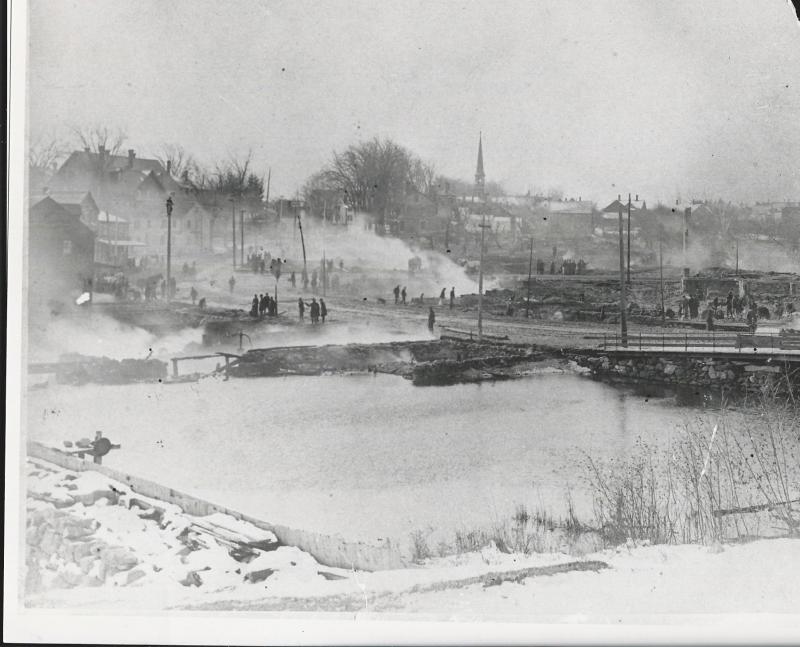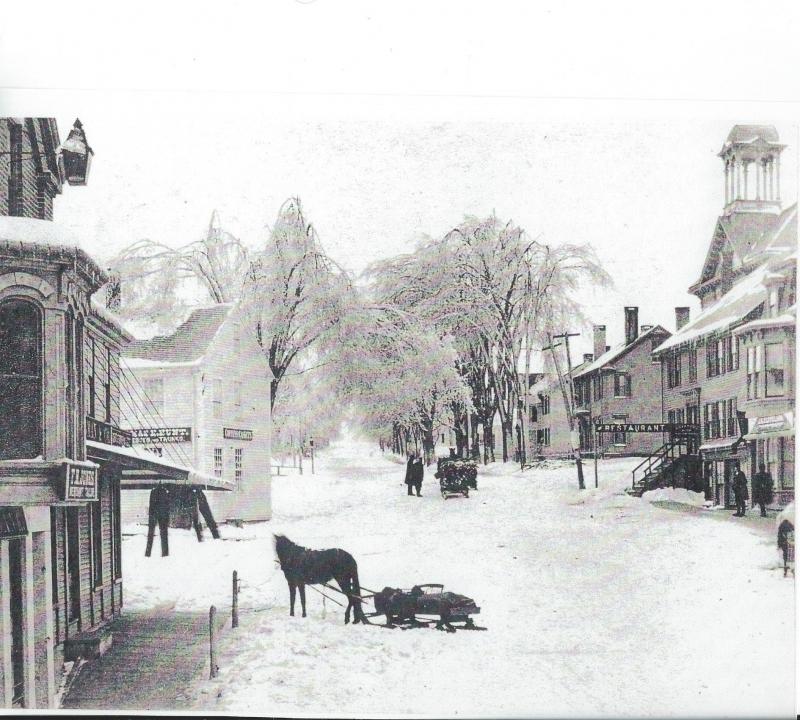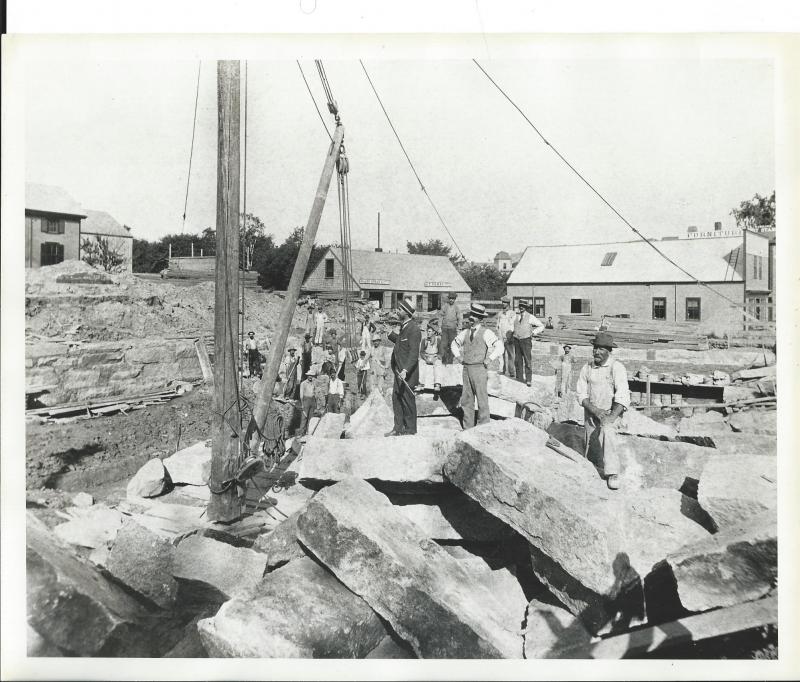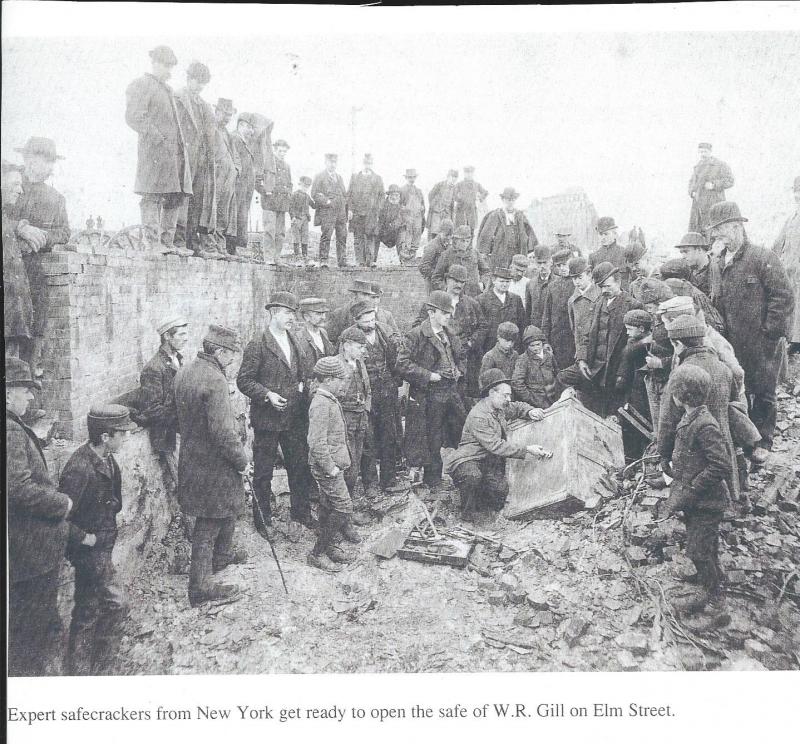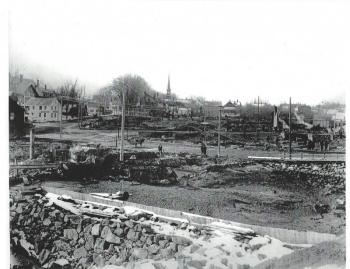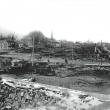Barbara Dyer: The day when Camden burned down, 40 buildings lay in ash
So many times we refer to "The Great Fire of Camden" but maybe you have not read about it. It was in November 10, 1892 (just one year after Camden separated to become Camden and Rockport). It is claimed that it began in the basement of the Cleveland Store (later The Village Shop). It ran through the elevator shaft and burst out the roof.
The Camden Fire Department arrived, but water pressure was inadequate and soon gave out.
The equipment in those days was water-filled troughs and any team of horses the department could pick up in the vicinity. There was a fierce easterly wind that fanned the flames, so the fire crossed Main Street, went up Elm and down Washington, burning everything in its path.
The Methodist Church was behind Megunticook Hall, where the Opera House is today, and it lay in ruins as did the Fire Department, also on Washington Street. Fire fighters arrived from Rockland in time to contain it, almost up to where Rite Aid is today. What an appalling sight, the morning after.
The whole business district of 40 buildings lay in ashes with all their contents, under a light snow. It included 60 businesses, 10 societies, and 18 families were homeless.
With great courage and determination, the businessmen decided to rebuild with brick buildings, for a better future. At the same time, they would make the streets straighter and the fire department better equipped.
The first piece of equipment is the vehicle seen today in the glass enclosure outside of the Safety Department.
By late 1893, many of the new buildings were finished, and others were in the process.
Stephen Ritterbush, of Camden, and his crew built some of the brick buildings you see today.
Joseph Bowers, also a Camden resident, did most of the plumbing.
A new sewer had been laid through most of the Camden principal streets, and we had a few new brick sidewalks.
The next time you are in the Village, take a look up at all the beautiful buildings, and appreciate the workmanship. Those same buildings stand tall and proud today after well over 100 years.
When those building were built, they were lighted by electricity, heated by steam and supplied by Mirror Lake water.
The Adams building was considered an ornament to the square.
The next block was erected by the estate of H. H. Cleveland. H.C. Small did the joiner work and Fred Andrews of Rockport did the masonry.
Many well attended dances were held in the Cleveland Hall.
The "Boston Store," owned by Franklin Russell burned, and he built a very artistic block. That was next to the Masonic Block and not as tall as the other buildings.
The Camden Masonic Temple raised $50,000 in capital stock by April and built what is now the Lord Camden Inn.
We could go on and on but this gives you an idea of how the business district was put back in Camden.
Barbara F. Dyer has lived in Camden all of her life, so far.
More Barbara Dyer
Old Glory, the flag’s storied history, and proper etiquette
The Seaside Mountains of Camden
The story of the Barbie D, a little tug that has worked Camden Harbor for 60-plus years
Postcards and the way we communicated 100 years ago
The Babbs: A family integral to Camden history
When Camden paid a fine for having no minister preaching in town
The demise of a Camden-built vessel
Camden’s wooden boat builders were perfectionists
Building wooden boats in Camden, many years ago
Socializing and such, before television
The first years of the Camden Snow Bowl
The many moods of Camden Harbor
Demise of the Camden steamboat wharf
Curtis Island Lighthouse - the sentinel of Camden Harbor
Camden Harbor: As old as the last glacier
Event Date
Address
United States

